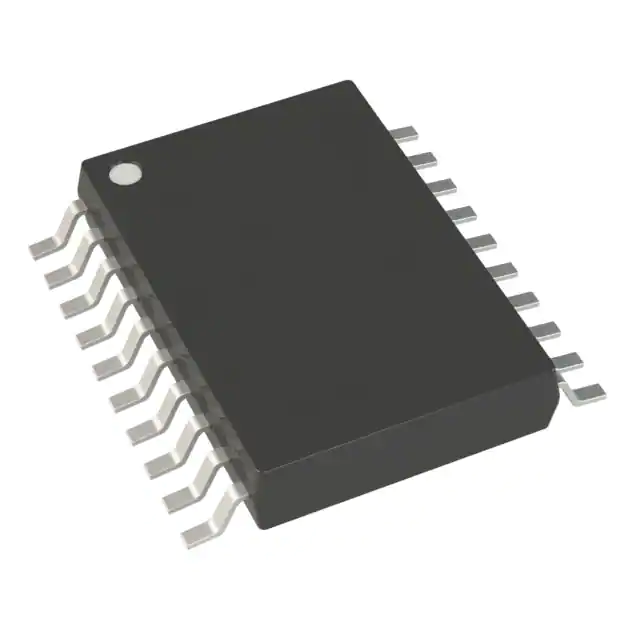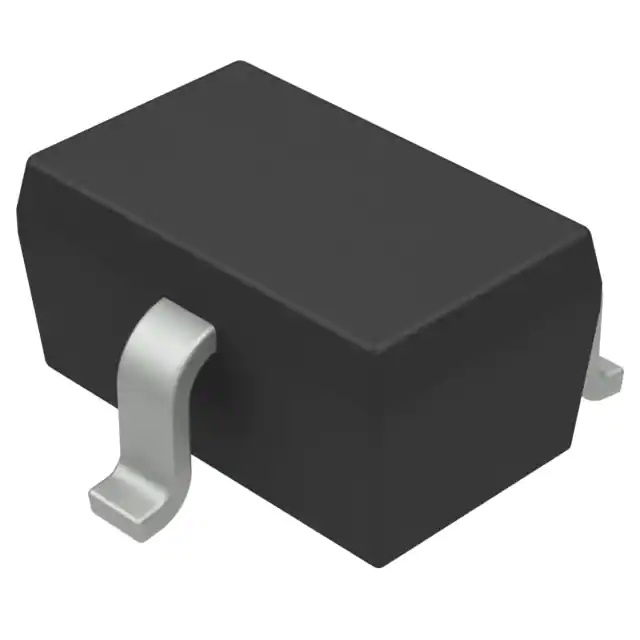Inductive sensors are a type of electromagnetic sensor that uses the principle of electromagnetic induction to detect the physical quantities such as the position, displacement, and speed of objects. They are widely used in fields such as industrial automation, robotics, and the automotive industry due to their high precision, stability, and excellent anti-interference capabilities. This article will introduce the working principle of inductive sensors in detail, helping readers to better understand and apply this type of sensor.
1. Basic Concept of Inductive Sensors
Inductive sensors, also known as inductive proximity sensors, are devices that use changes in the inductance of a coil to detect the proximity of metal objects. When a metal object approaches the sensor, the conductivity and magnetism of the metal object change the magnetic field around the coil, thereby changing the inductance of the coil. By detecting changes in inductance, the sensor can determine the position or distance of the metal object.
2. Working Principle of Inductive Sensors
The core component of an inductive sensor is an inductive coil, and its working principle is based on Faraday's law of electromagnetic induction and Lenz's law. Here are the key steps in the operation of inductive sensors:
2.1 Inductance of the Coil
The inductance (L) of an inductive coil is determined by the number of turns (N), the cross-sectional area (A) of the coil, and the permeability (μ) of the coil per unit length. In the absence of a metal object approaching, the inductance of the coil is fixed.
2.2 Approach of Metal Objects
When a metal object approaches the inductive coil, the conductivity and magnetism of the metal object change the magnetic field around the coil. This change affects the magnetic flux (Φ) around the coil, which in turn affects the inductance of the coil.
2.3 Changes in Inductance
According to Faraday's law of electromagnetic induction, a changing magnetic flux generates an induced electromotive force (ε) in the inductive coil. This induced electromotive force is proportional to the rate of change of magnetic flux. Therefore, as a metal object approaches or moves away from the coil, changes in magnetic flux cause changes in inductance.
2.4 Signal Detection and Processing
Changes in inductance can be detected by the circuit and converted into changes in voltage or current. This varying signal is then amplified and processed to provide information about the position or distance of the metal object.
3. Types of Inductive Sensors
There are several types of inductive sensors, including:
-
Self-inductance sensors: Based on changes in the inductance of a single coil.
-
Mutual inductance sensors: Based on changes in mutual inductance between two coils.
-
Eddy current sensors: Based on the eddy current effect, suitable for detecting non-magnetic metal objects.
Each type of sensor has its specific application scenarios and advantages.
4. Applications of Inductive Sensors
Inductive sensors are used extensively in the following areas due to their high precision and stability:
-
Industrial automation: Used for position control of robotic arms, object positioning in automated assembly lines.
-
Automotive industry: Used for automatic opening and closing of car doors, position detection in engine management systems.
-
Medical equipment: Used for tracking the position of surgical tools, operation control of medical devices.
5. Conclusion
The working principle of inductive sensors is based on the phenomenon of electromagnetic induction, detecting the position or distance of metal objects by detecting changes in the inductance of the coil. These sensors play an important role in the modern industry and technology fields due to their high precision, high stability, and excellent anti-interference capabilities. With technological advancements, the application range of inductive sensors will further expand, providing precise detection and control solutions for more industries.
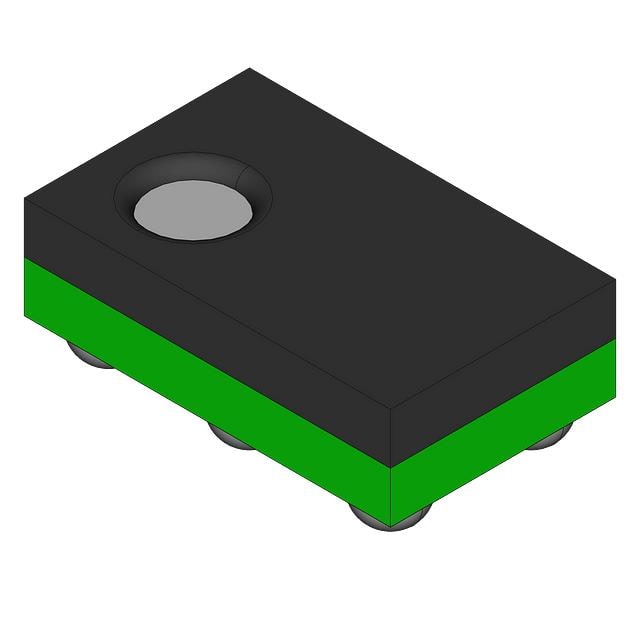
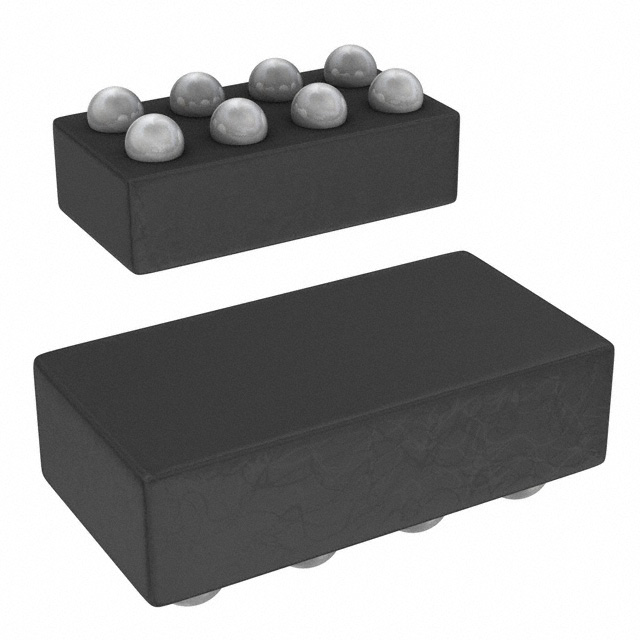
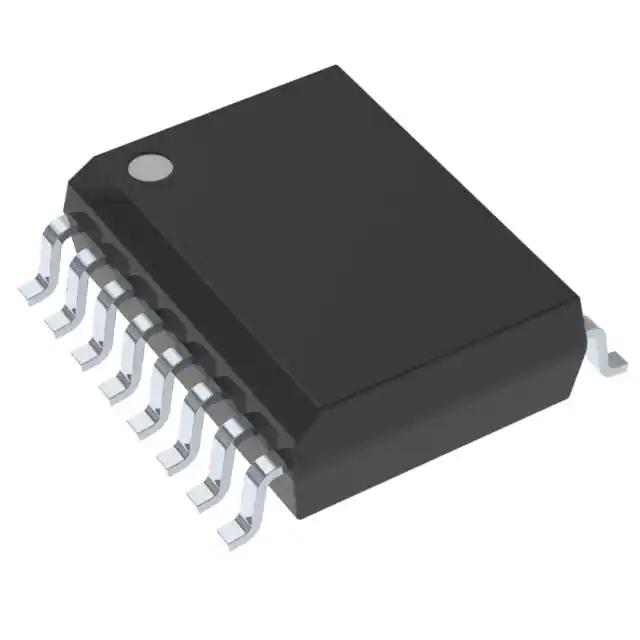
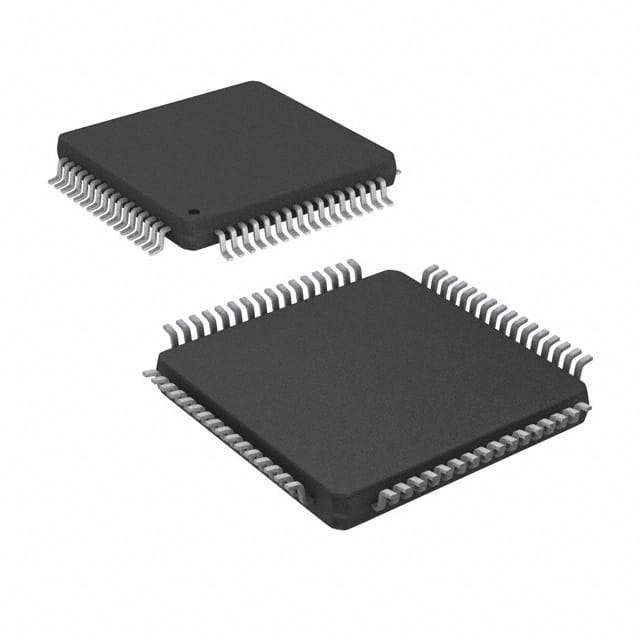
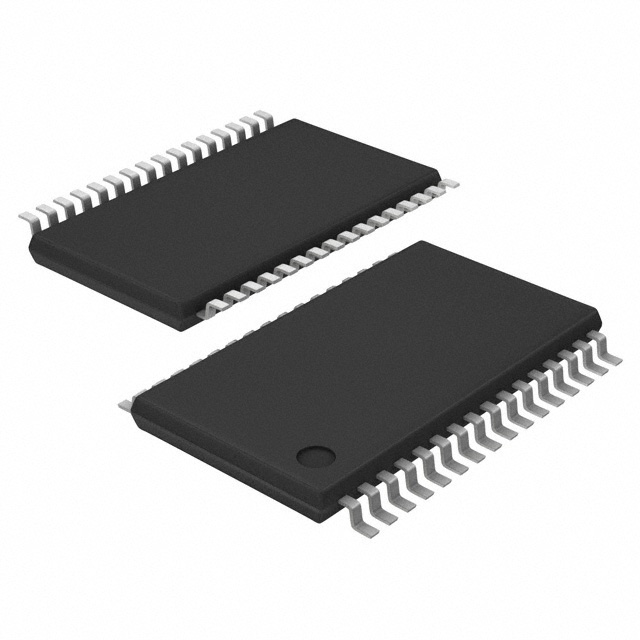
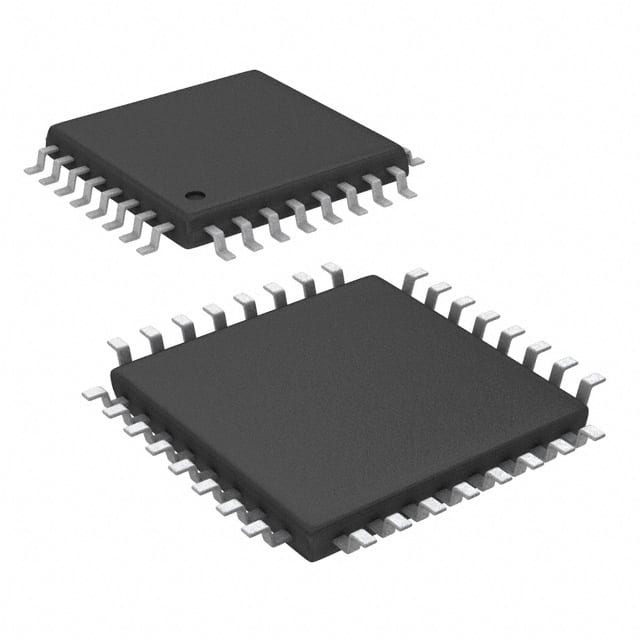
 Upload BOM
Upload BOM

